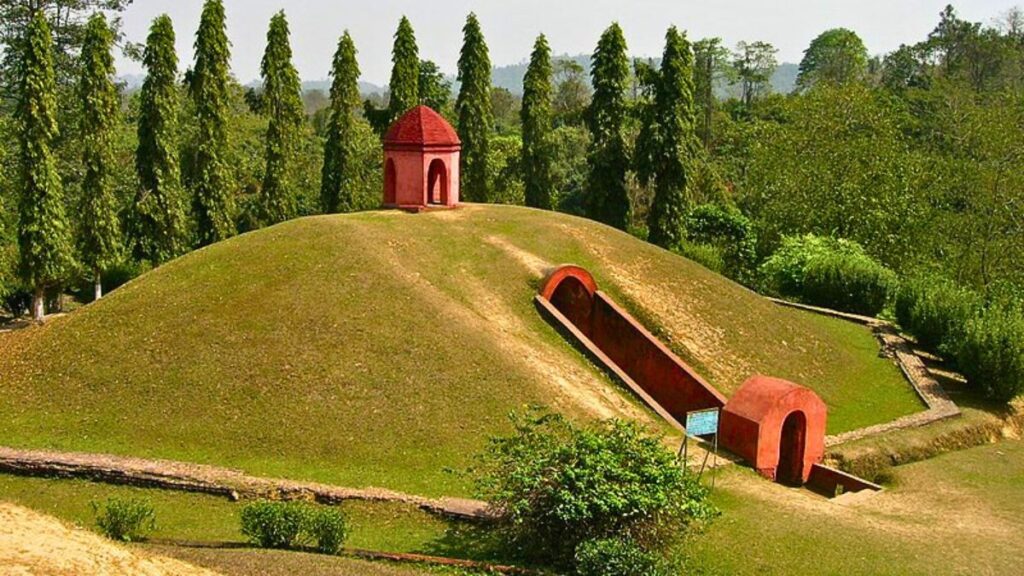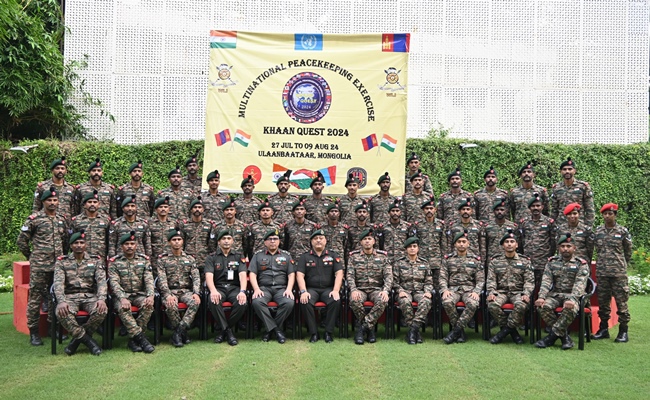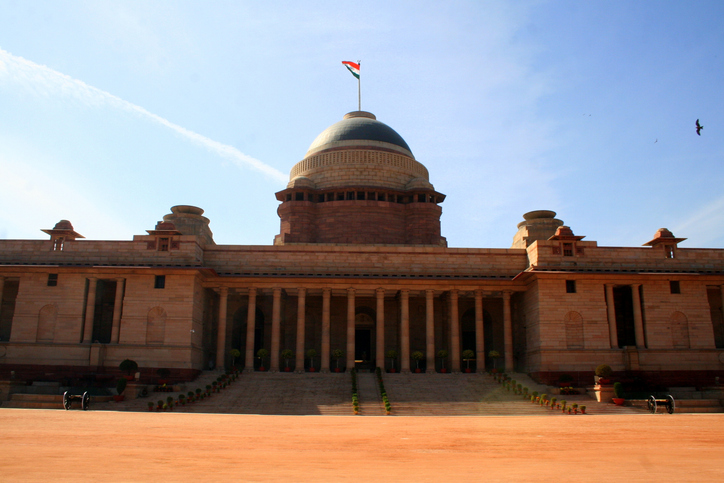The Hoysala temples in Belur, Halebidu, and Somanathapur, Karnataka, have been designated as India’s 42nd UNESCO World Heritage Site. These temples, constructed during the 12th to 13th centuries, are renowned for their remarkable architecture and showcase the sculptural and artistic achievements of the Hoysala dynasty.
- The UNESCO recognition, known as the “Sacred Ensembles of the Hoysalas in Karnataka, India,” emphasizes their cultural significance and universal value.
- The decision to include this site on the World Heritage List was made during the 45th session of the World Heritage Committee in Riyadh, Saudi Arabia.
- The site had been on UNESCO’s Tentative List since 2014 and has now received official recognition, covering an area of about 10.47 hectares with a buffer zone spanning 195.87 hectares.
- These temples represent the architectural brilliance and intricate carvings characteristic of Hoysala art, featuring unique star-shaped platforms, detailed sculptures, and reliefs depicting various mythological stories.
Q.: What is the official UNESCO designation for Hoysala temples in Belur, Halebidu, and Somanathapur, Karnataka?
A) Hoysala Heritage Temples
B) Temples of Karnataka Excellence
C) Sacred Ensembles of the Hoysalas in Karnataka
D) Karnataka’s Ancient Temples
Answer: C) Sacred Ensembles of the Hoysalas in Karnataka, India




